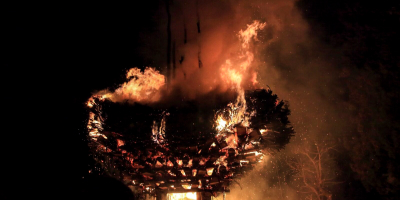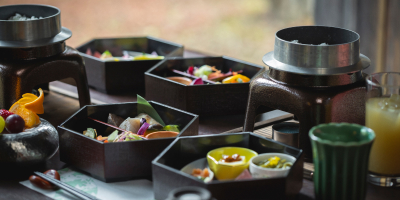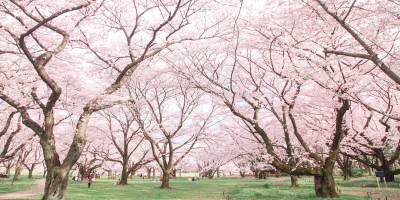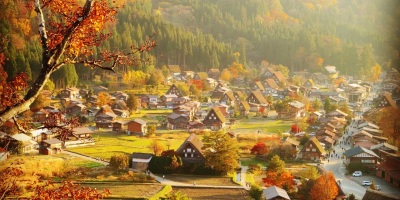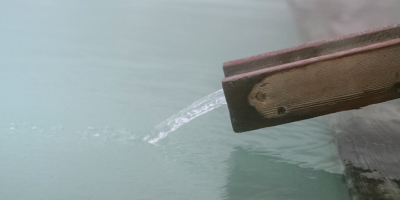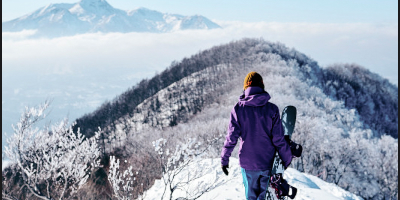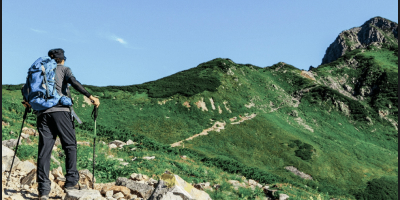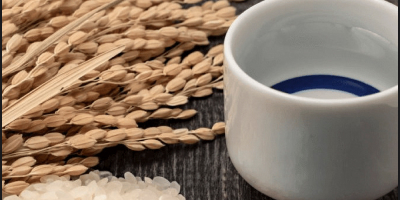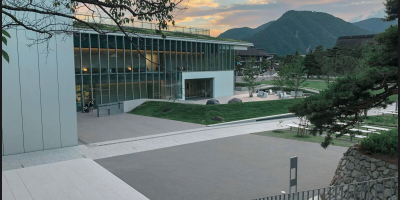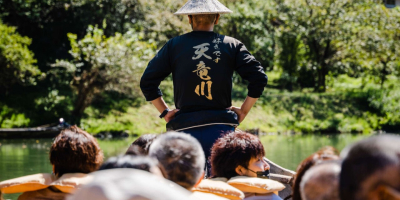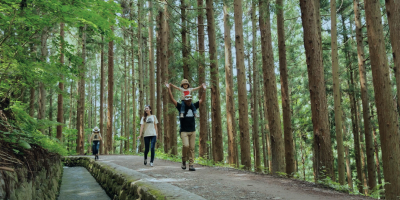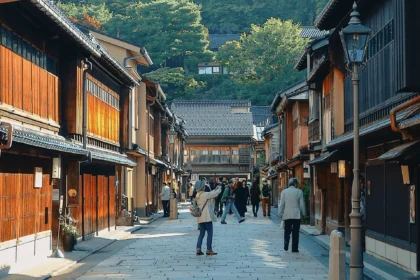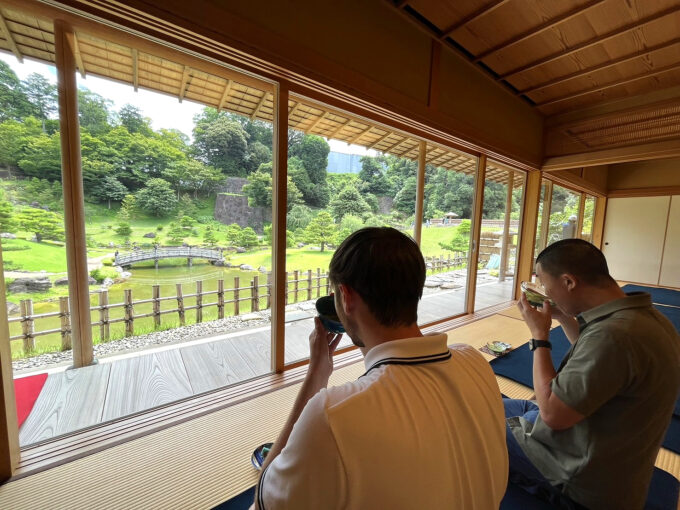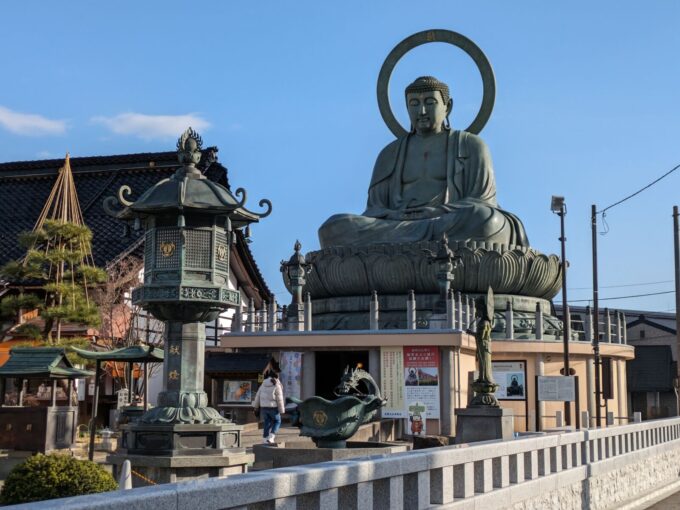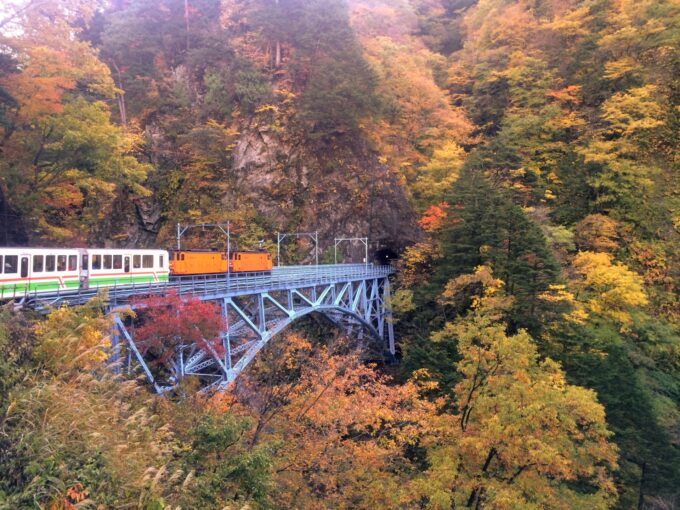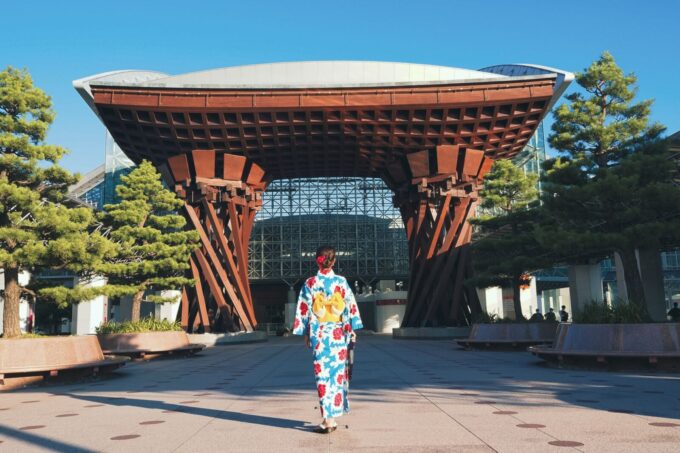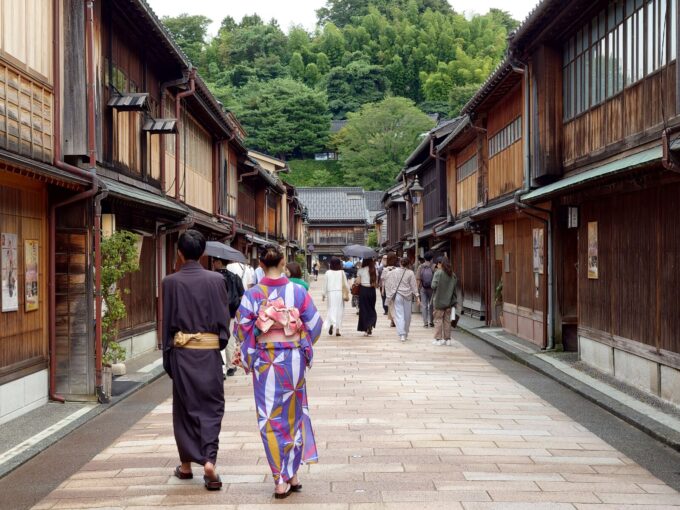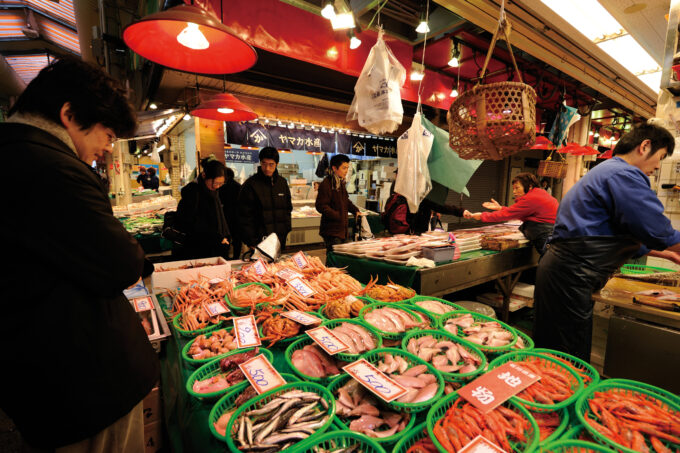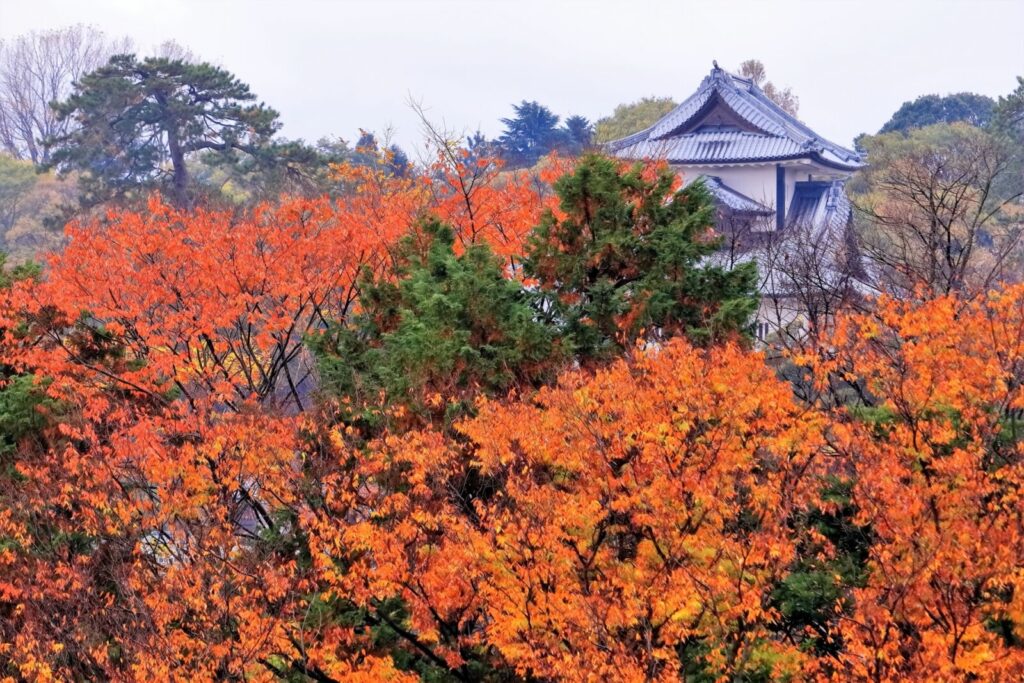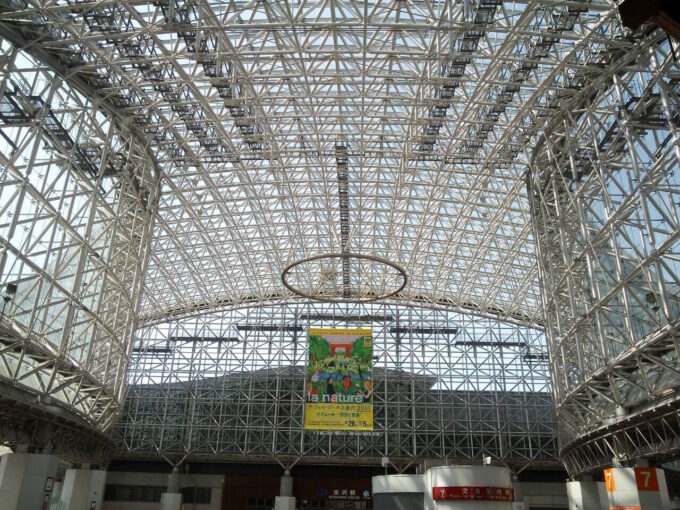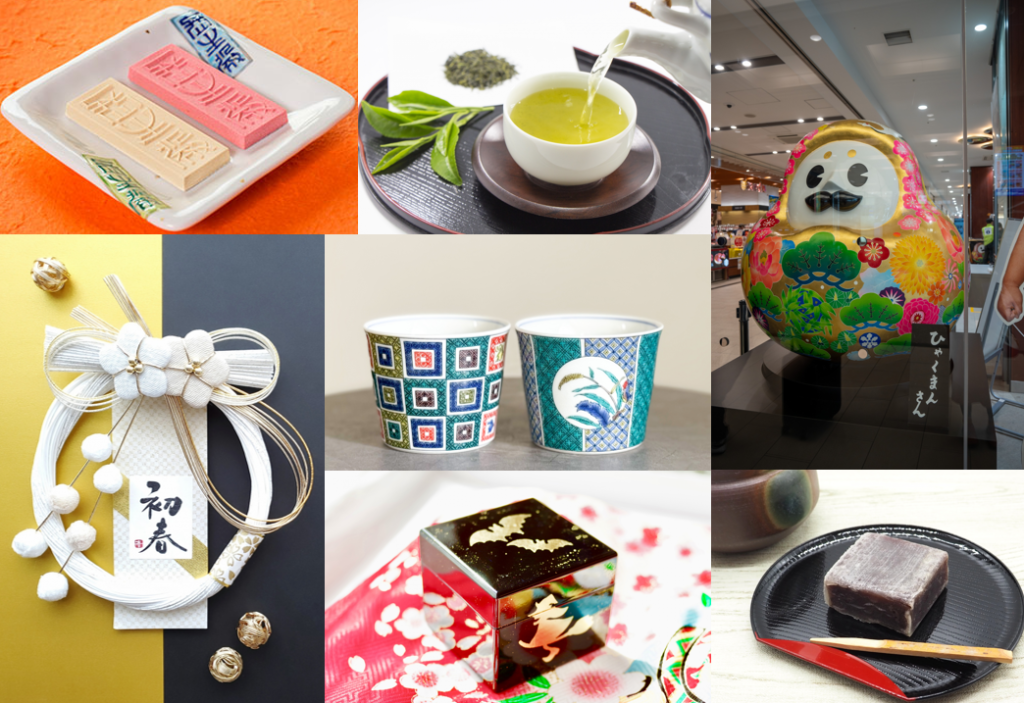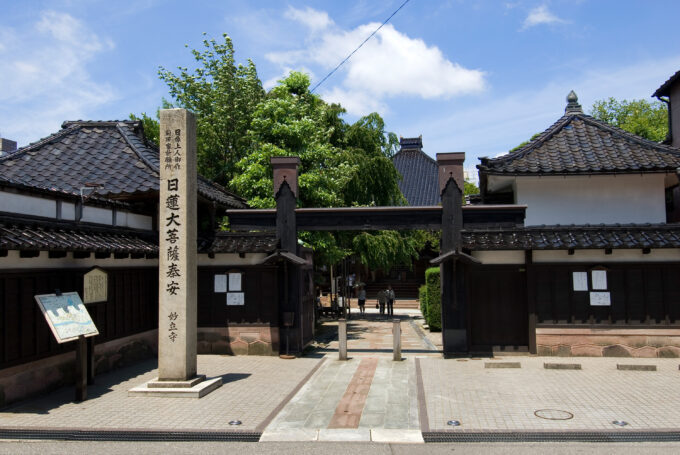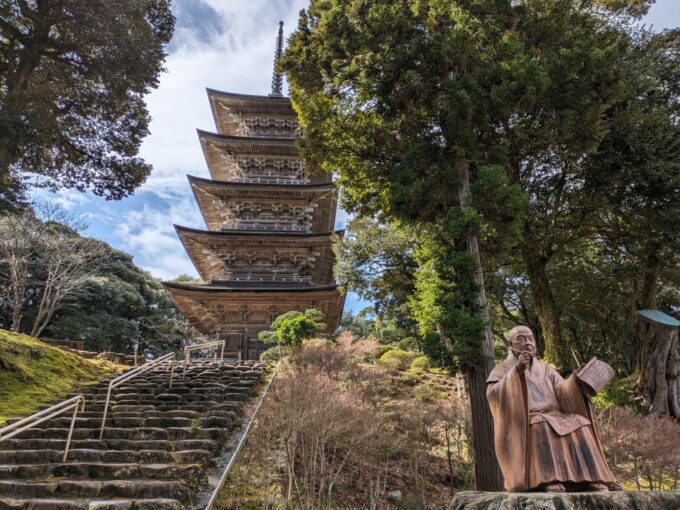A Goshuin Hunter's Guide to Kanazawa

Situated near the west coast of Japan is Kanazawa, a veritable treasure trove for goshuin hunters. This city was left completely undamaged during World War 2 so much of its rich history has been preserved. The former lords of Kanazawa, the Maeda Clan, were also massive patrons of the arts and crafts. Many of these still survive today and manifest themselves in a variety of ways, including in many of the goshuin stamps.
For those coming to Kanazawa looking to fill a few more pages in their goshuin books or those who are looking to get their own journeys started, this page has all the info you'll need to get some of the most beautiful stamps that Japan has to offer.
What are Goshuin?
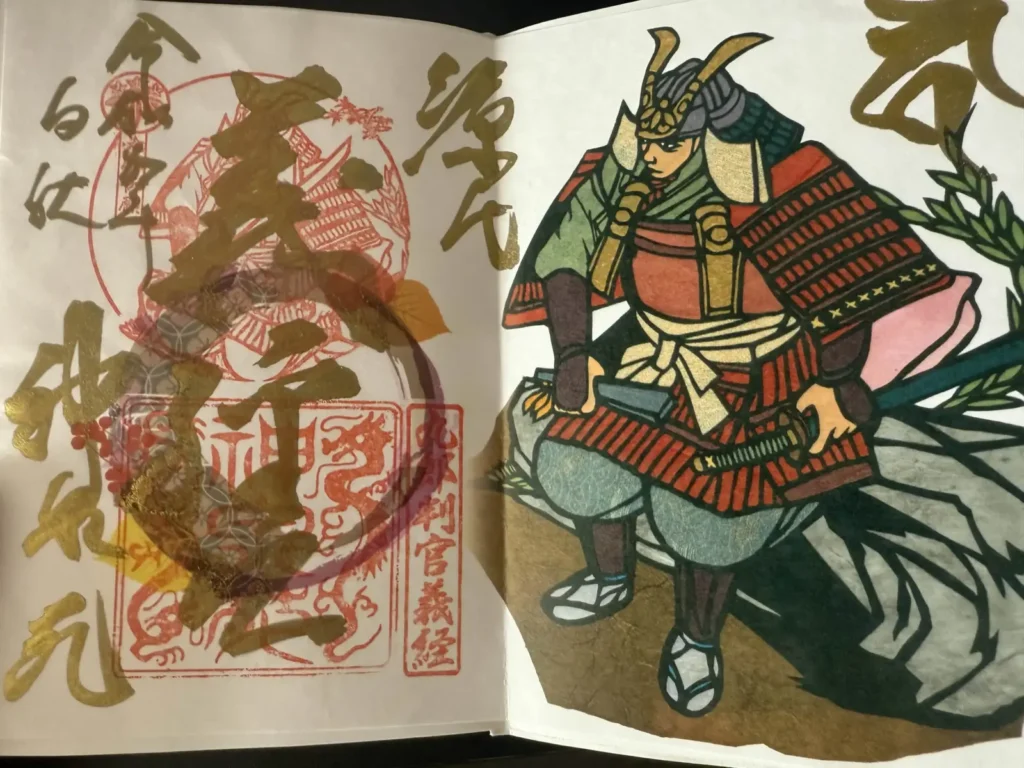
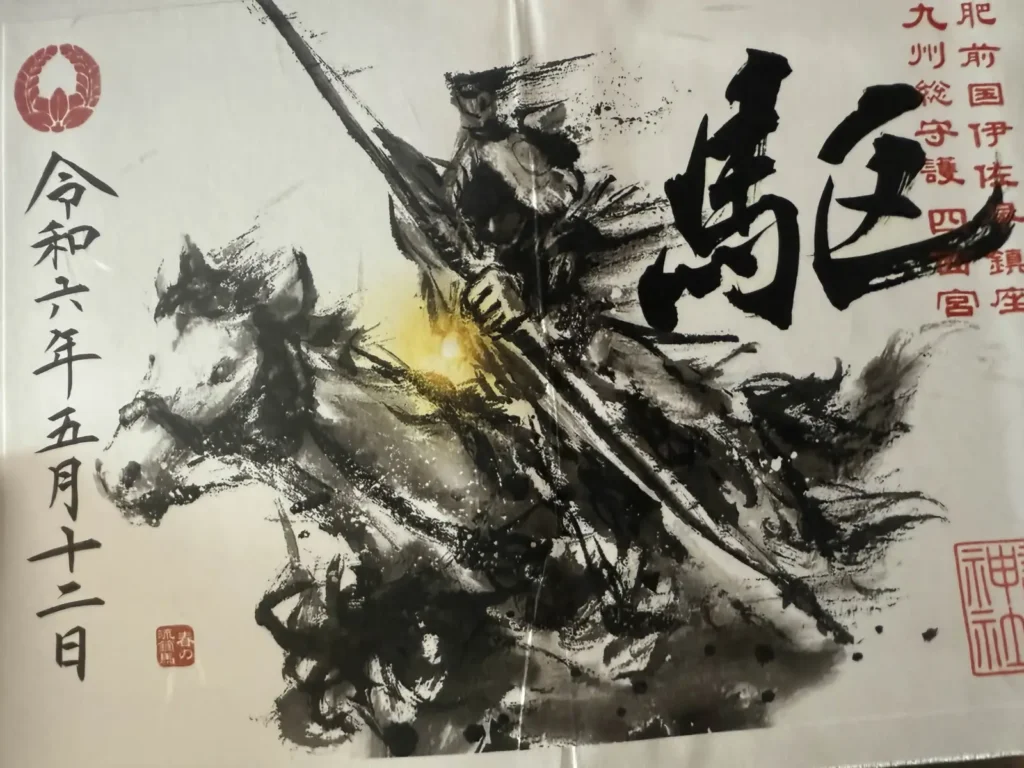

Goshuin (literally meaning "Red Stamp Seal") are unique stamps, often handwritten, that can be bought at most shrines and temples across Japan. Originally, goshuin were used as proof that the owner had been a pious person in their life - travelling to enough shrines or temples to fill the whole book with stamps. Goshuin as a practice largely fell out of favour after the Meiji Restoration in 1868, but regained popularity in the post-war era. Now, goshuin are much more "touristy" and often feature colourful, bright designs and intricate artistry.
Buying and filling a goshuin book is a wonderful way to memorialise your time in Japan. Each is a representation of a place you visited. Goshuin books are also very small and lightweight, so they're easy to fit into carry-on luggage, or even your backpack.
What do all the symbols mean?
While many goshuin are different, depending on whether it's a Shinto shrine or a Buddhist temple, what sect they belong to, and even if it's a seasonal stamp, generally the meaning of each part of the page is something like this.
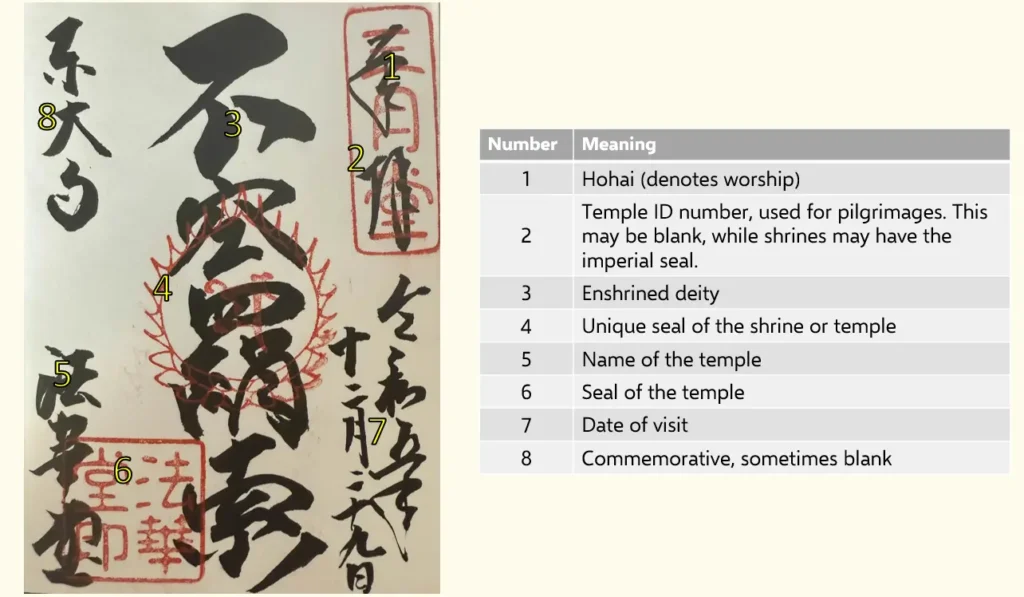
Goshuin Etiquette
Like many things in Japan, there's a certain way that things should be done while you go about on your goshuin. Thankfully, all of the rules are pretty simple to follow. Here are all the essential things to keep in mind:
- Don't use your goshuin book for anything other than goshuin (Blank books can be bought for personal use).
- Pay respects before collecting your goshuin
- Don't take pictures or videos of the staff putting the seal on your book.
- Remember some shrines will only stamp shrine books, and some temples will only stamp temple books.
- Be mindful of others around you, as shrines and temples are quiet places.
1 - Oyama Shrine
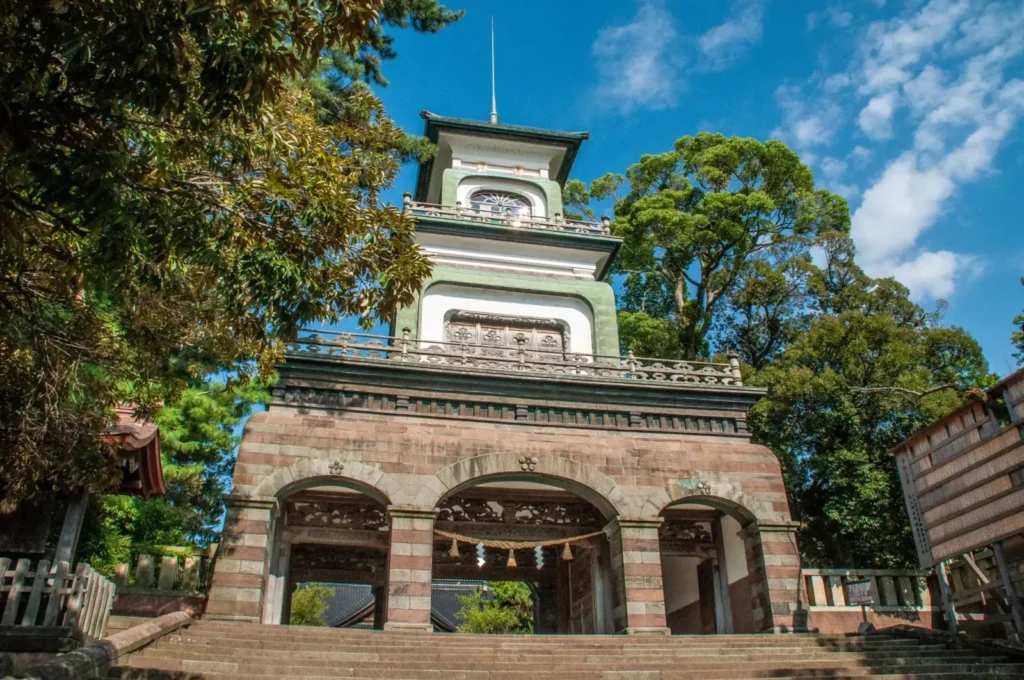

There is really no better place to start than Oyama Shrine. Built in 1873, it is the main shrine for Kanazawa City and enshrines the spirit of the first lord and his wife, Maeda Toshiie and Matsu. There are usually several goshuin available, but we recommend this one that you'll have to glue in yourself. It shows off Oyama Shrine's unique gate, including its lightning rod and stained glass window while also paying homage to Kanazawa's gold leaf industry and the Maeda clan crest on the top left. Interested in taking a tour around Kanazawa? Our Samurai, Matcha, Gardens and Geisha walking tour includes a visit to Oyama Shrine where you can begin your goshuin journey before sipping some matcha while looking out at a beautiful garden. We'll see all of Kanazawa's main attractions along the way, so get your walking shoes ready!
1-Day Tour from Kanazawa: Samurai, Matcha, Gardens and Geisha
This walking tour will take you to all of Kanazawa's major sites in a day. You'll see the historical homes of real samurai warriors, stroll through one of Japan's greatest gardens, taste the finest matcha freshly prepared, and see the oldest original geisha house in the country.
Highlights:
- Enjoy a guided tour through Kenrokuen Garden, one of the three best gardens in Japan
- Walk the scenic streets of Higashi Chaya, Kanazawa's largest geisha district.
- Get a taste of all of Kanazawa's must-see attractions - including Omicho Market, Kanazawa Castle and Nagamachi Samurai District.
2 - Natadera

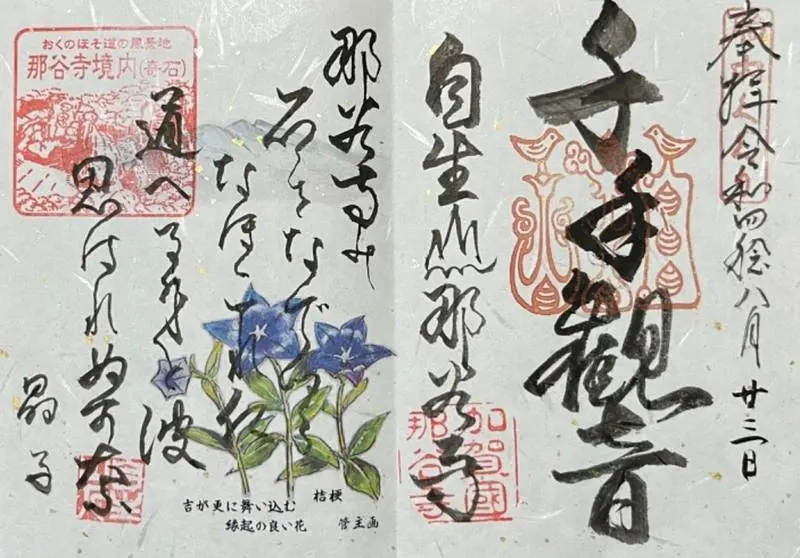
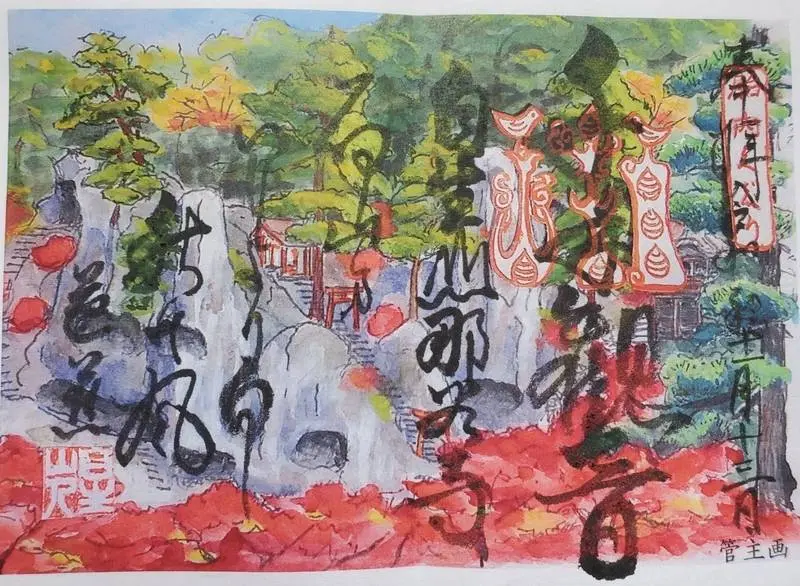
Natadera Temple has a history spanning more than 1300 years, but has cemented itself in the modern era as one of the most stunningly scenic places in Japan. They spare absolutely no effort when it comes to their goshuin. The goshuin available change frequently, but often feature detailed depictions of the sprawling temple gardens, or cute drawings of the flowers that are currently blooming. This temple is just south of Kanazawa and takes around an hour to get to from Kanazawa Station.
3 - Zuiryu-ji Temple
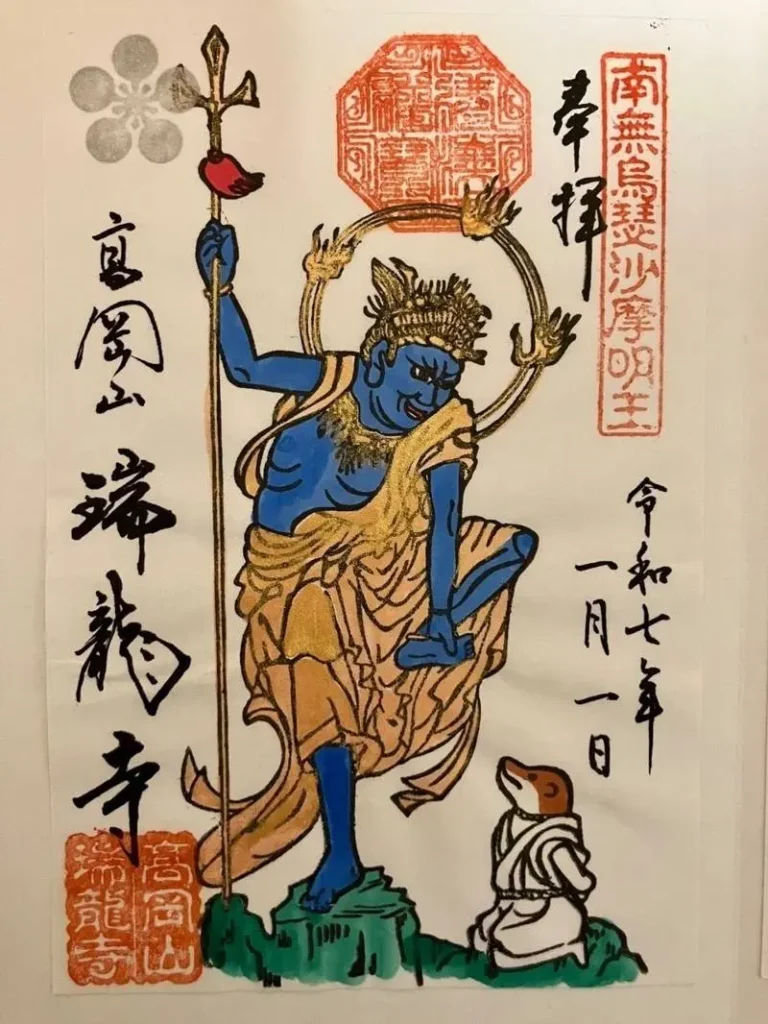
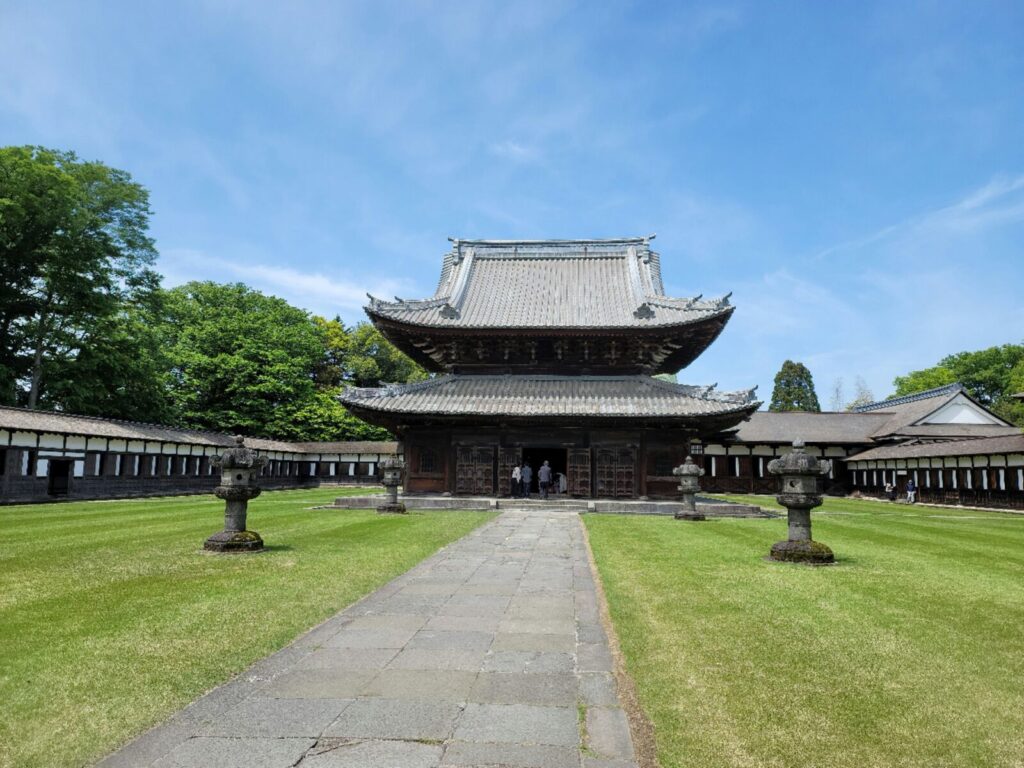
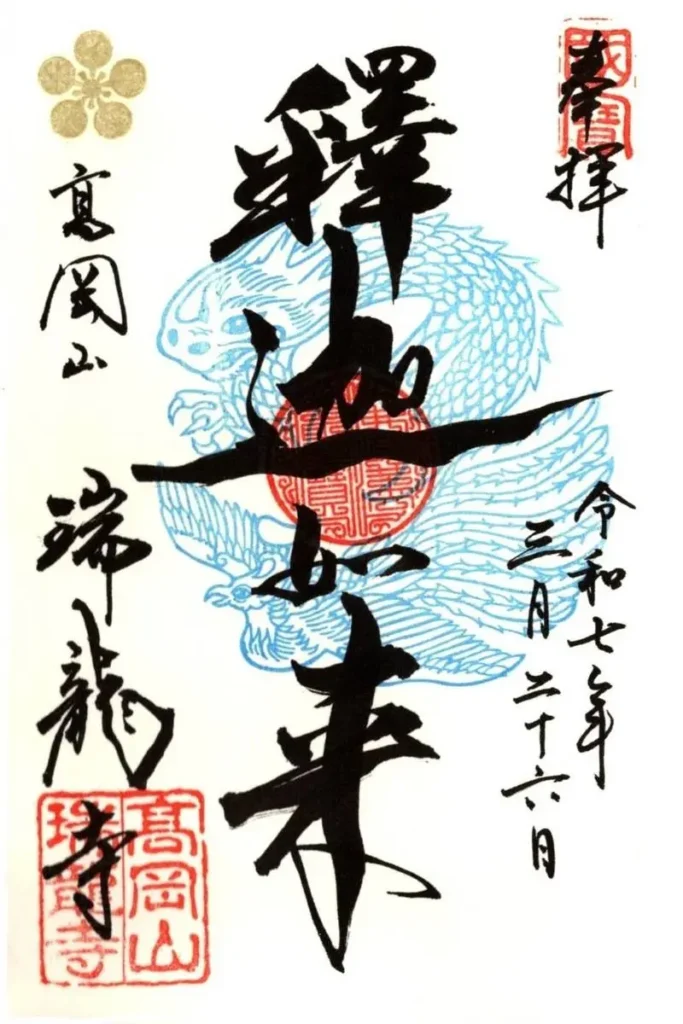
A 15-minute shinkansen away from the city center, this temple was built on the orders of the second lord of Kanazawa, Maeda Toshinaga and uses his posthumous Buddhist name. Originally intended to be a castle, visiting Zuiryu-ji Temple is like a spiritual sequel to Oyama Shrine above. At any given time, there are between 5 and 9 goshuin that you can get here, including the crowd-pleasing God of the Toilet (left). Even he's not been watching his step! But who could be mad at the little monk dog?
If you're interested in visiting Zuiryu-ji Temple but aren't sure on how to get there, why not have a look at our Takaoka's Temples, Metalworking and Mountain Views tour? This tour around the often-overlooked town of Takaoka takes you to its best attractions, including Zuiryu-ji. Read more below!
TAKAOKA TOUR FROM KANAZAWA / all year round
The second city of the Maeda clan during the Edo period and now the second city of Toyama prefecture, this historically important city has a diversity of sights and activities that shouldn't be missed! This tour can start from either Kanazawa Station. In the morning we will explore 300 year old Zuiryuji Temple, which has the unique statue of a toilet god, very symmetric continental-style construction and a central altar imported from China. After the temple, we will head to the Takaoka Big Buddha that has existed in some form for the past couple hundred years. The current metal version dates back to the 1930's. As we head towards the metalworking experience, we will pass through some historic streets with many buildings from the late 1800's. The architecture here is quite unique and not seen in most of Japan. The last activity of the morning is the metalworking experience where you can make a tin sake cup or chopstick holders.
After lunch we hop on the train to the south and Shokoji Temple, another amazing temple with a gold plated interior. This area was the center for religion in Toyama prefecture until the Edo period. We will then get on another very short train to Amaharashi to see the stunning view of the Northern Japanese Alps across Toyama. This area has some other sights in the area to see, all of which have those beautiful mountains in the background.
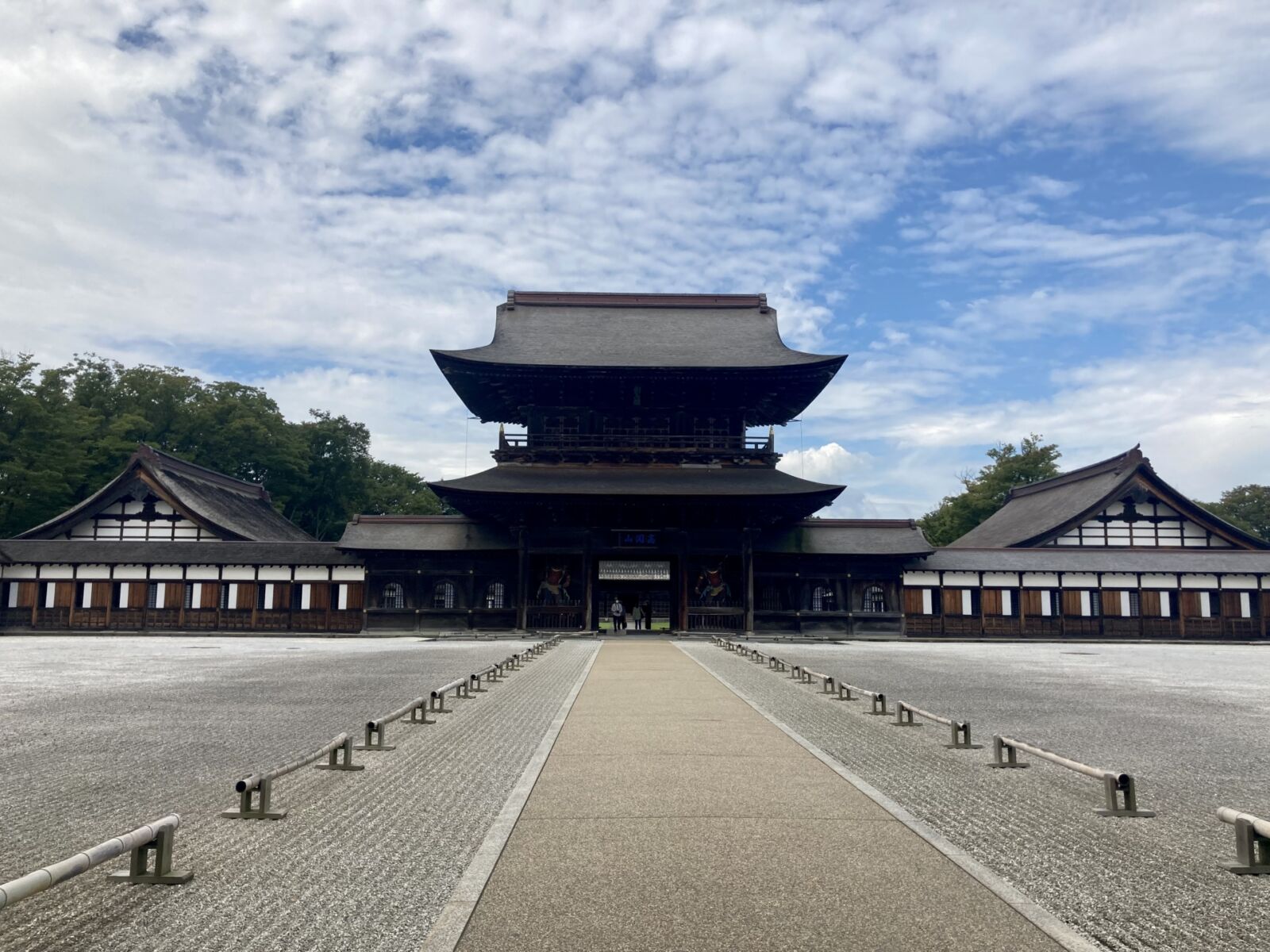
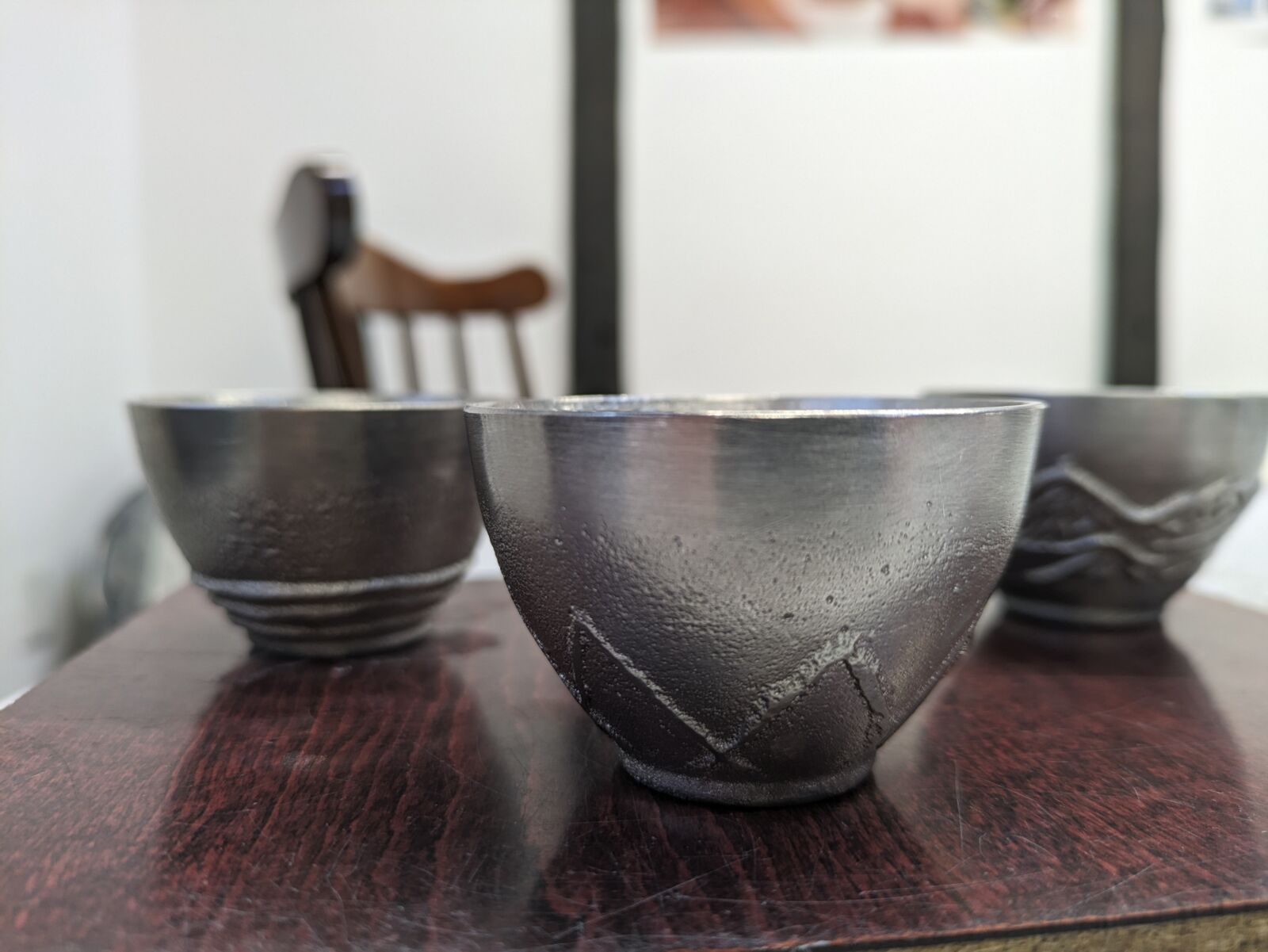
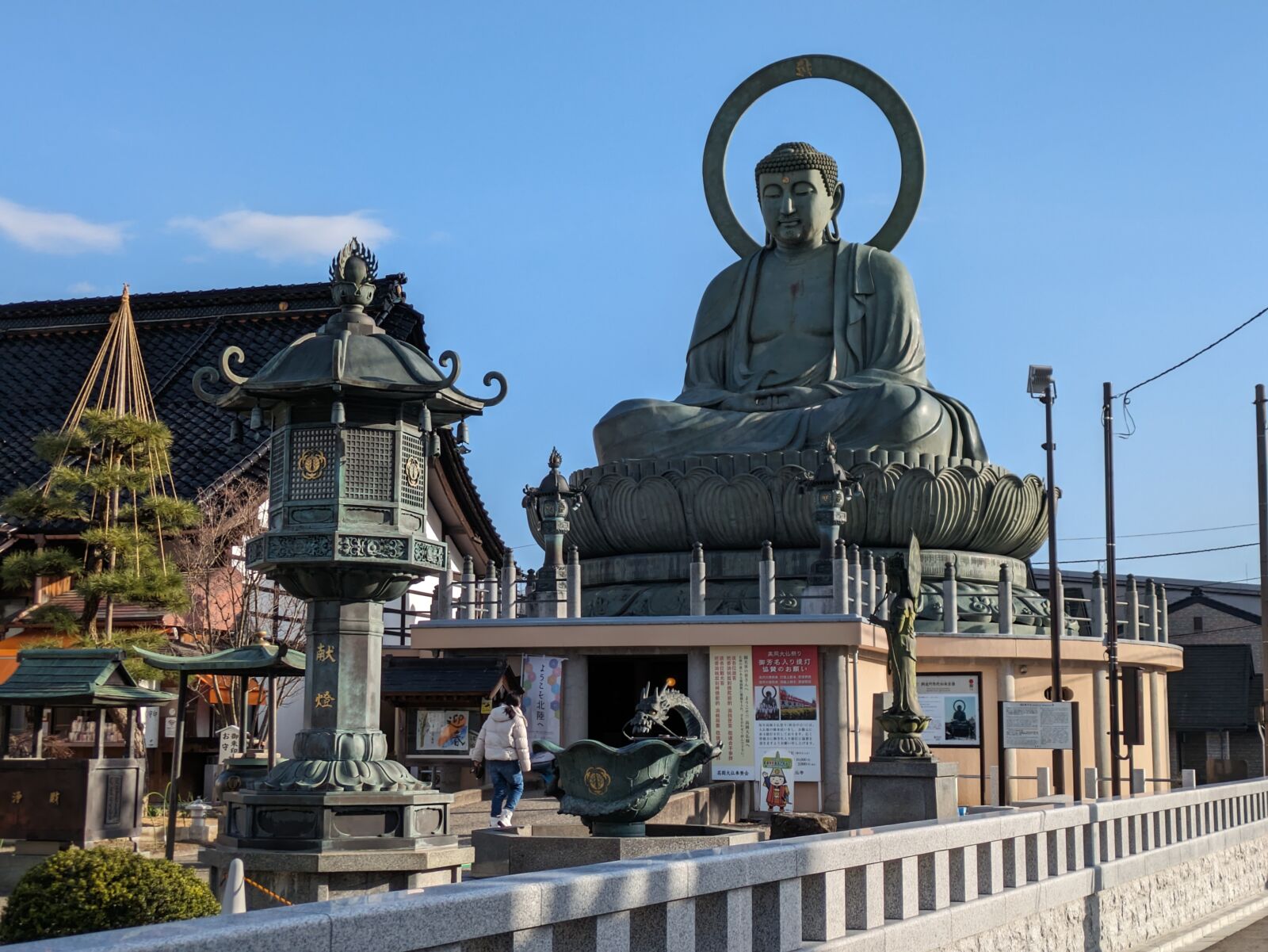
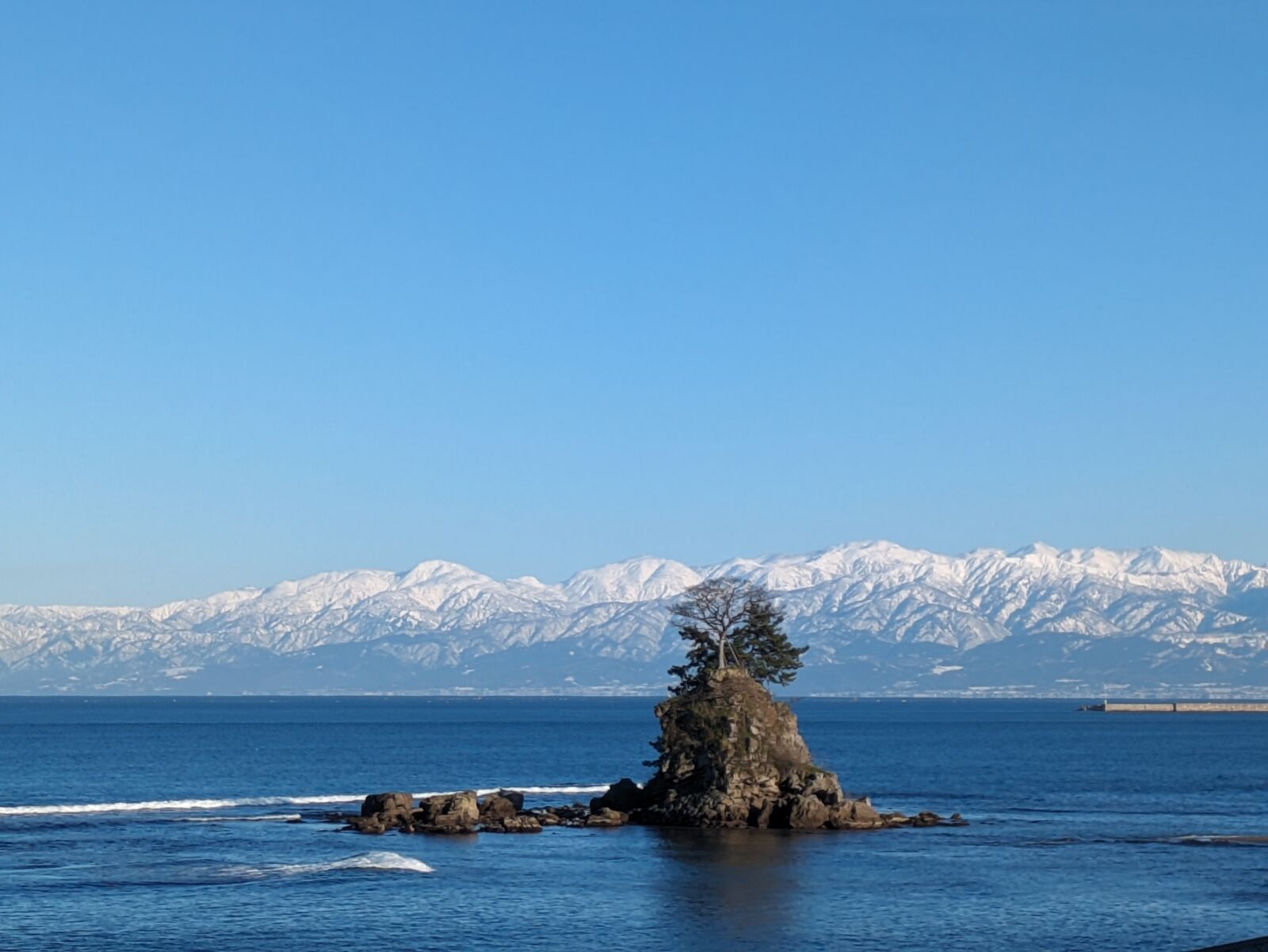
4 - Ishiura Shrine
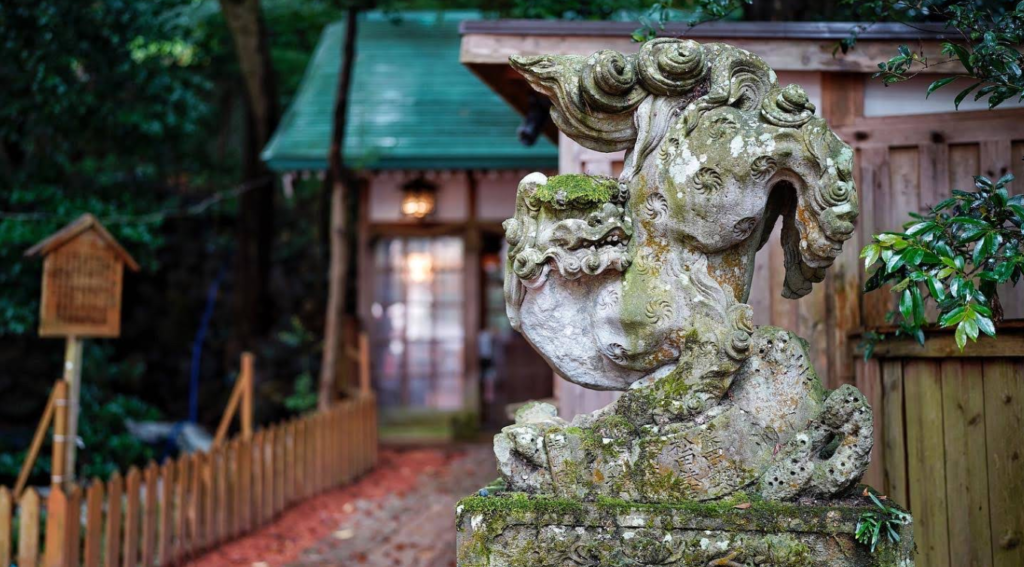
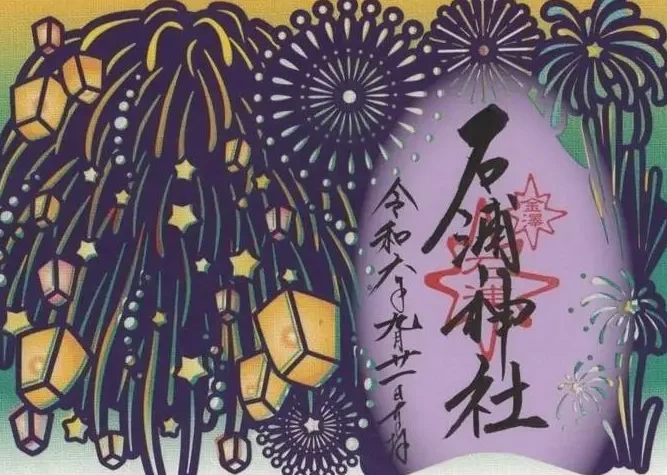
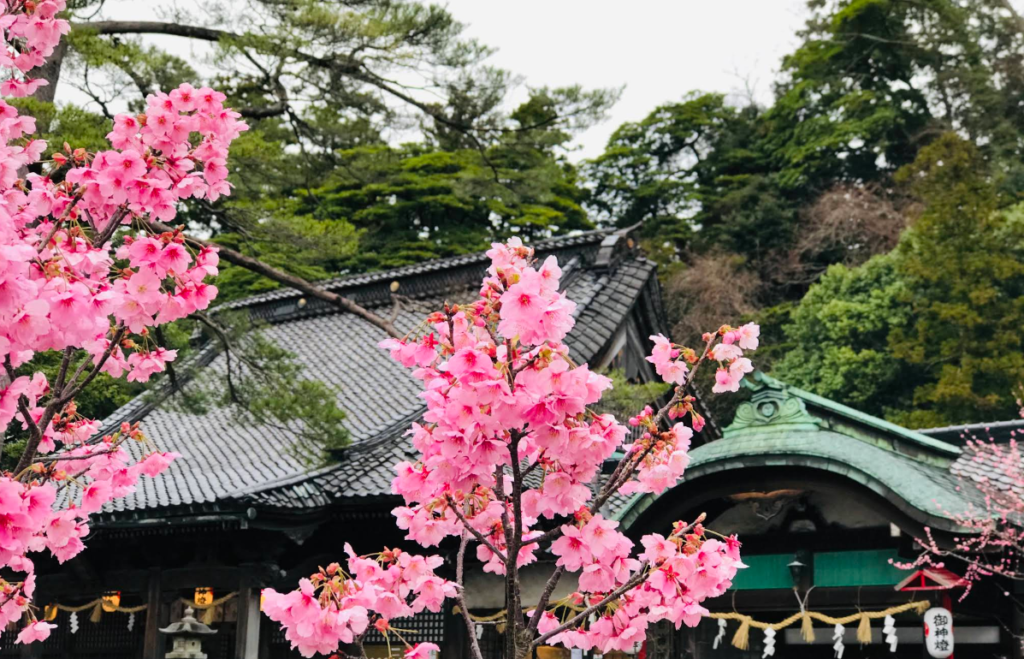
This shrine, which sits directly opposite the 21st Century Museum of Contemporary Art in Kanazawa, is a highlight of many people's visit to the city. The shrine grounds are beautiful, featuring an ancient pond, a hundred rows of bright orange torii gates (like Fushimi Inari Taisha in Kyoto), and a man-made valley of wishes. The mascot, Kima-chan, is a popular character within Kanazawa. Who doesn't love a dog in a hat? The seasonal goshuin here are always brightly coloured, like the one above showcasing a summer festival with lanterns and fireworks.
5 - Tentoku-in
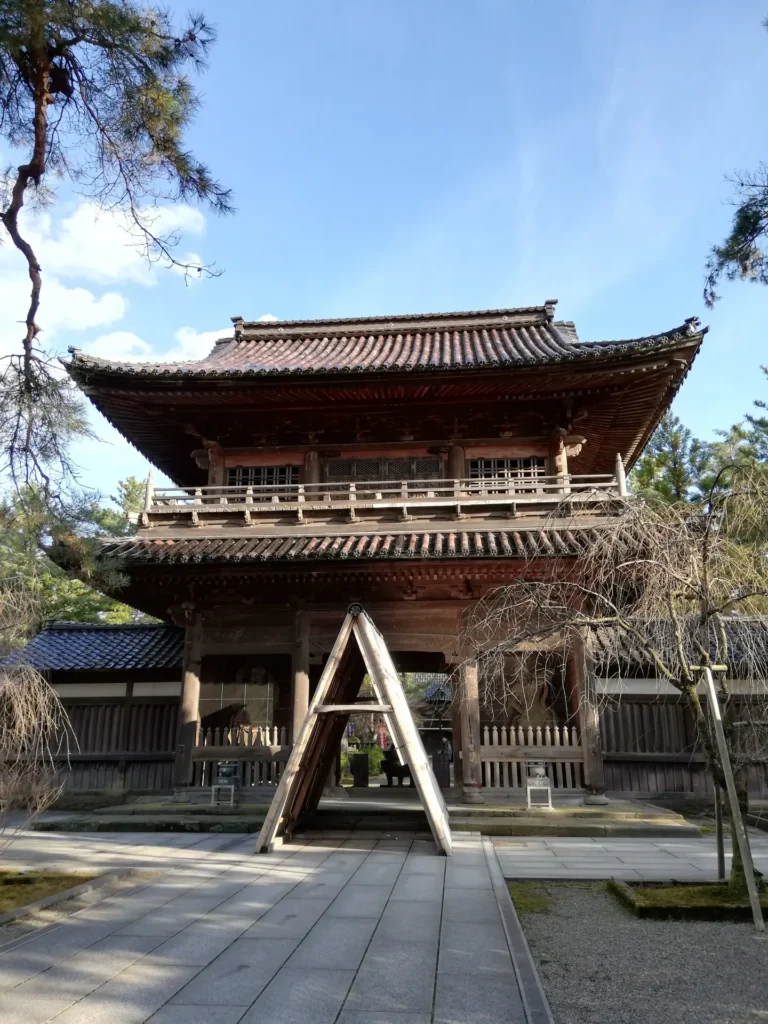
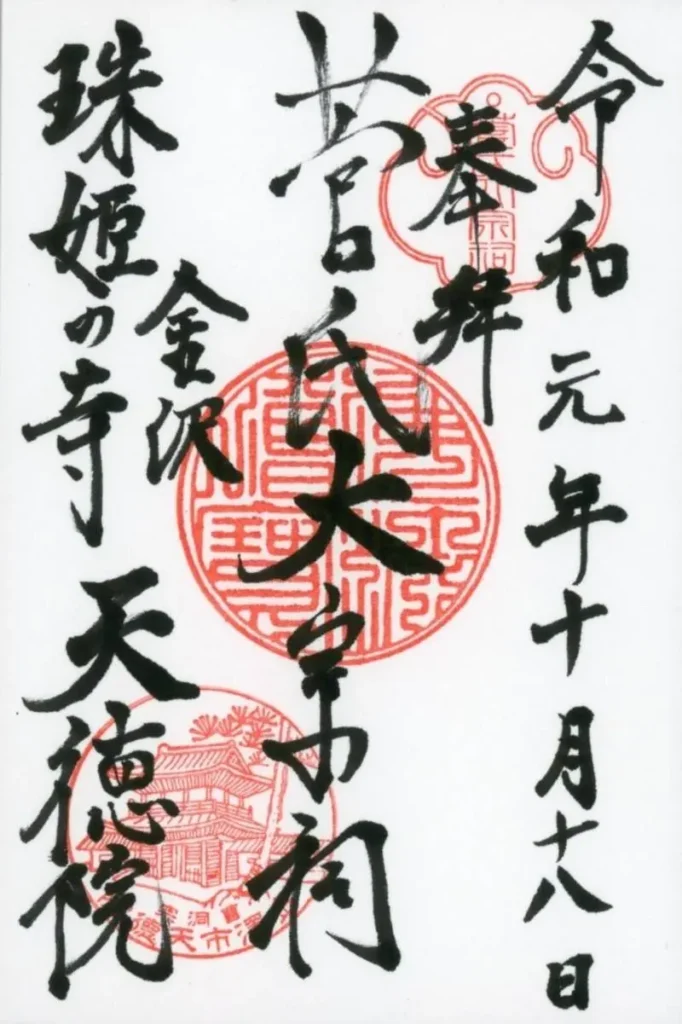
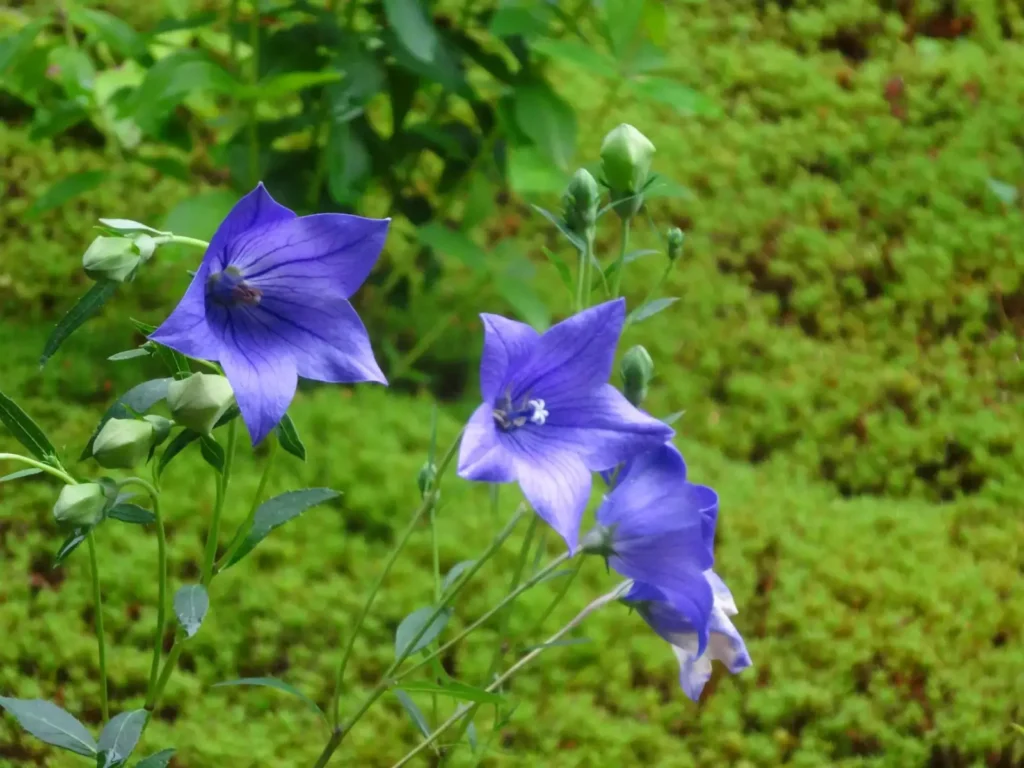
Tentoku-in is dedicated to Tamahime, the princess who united the Tokugawa Shogun family with the Maeda. The love between her and the third lord, Toshitsune, was said to be so great that he had "no need" for a concubine. This temple is a great place for couples to get a matching goshuin. They also have a special goshuin decorated with gold leaf, to really seal the Kanazawa spirit.
6 - Kanazawa Shrine
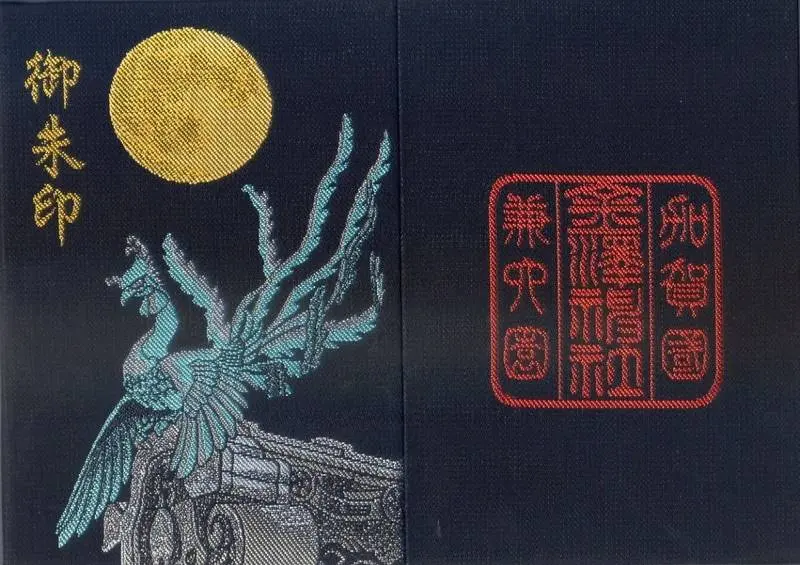

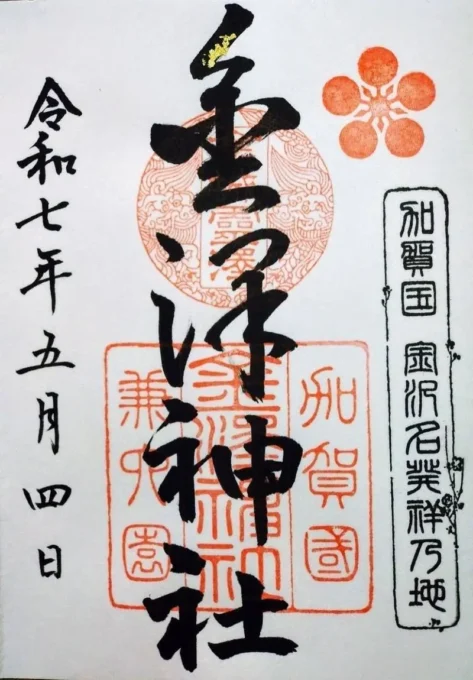
Kanazawa Shrine is built within a little corner of Kenrokuen Garden, just beside the Seisonkaku villa. It's another shrine honouring the Maeda family. This time we've skipped a few generations to the 11th lord, who built it to protect the garden.
The Kanazawa Shrine Goshuin is in the classic style, but the real highlight is the extremely detailed stamp and the little sprinkle of gold leaf. This shrine is a perfect stop before or after a visit to the garden. If you forget your book, you can also pick up the book from here (shown above), which features a phoenix resting on the roof below a full moon.
7 - Unazuki Shrine
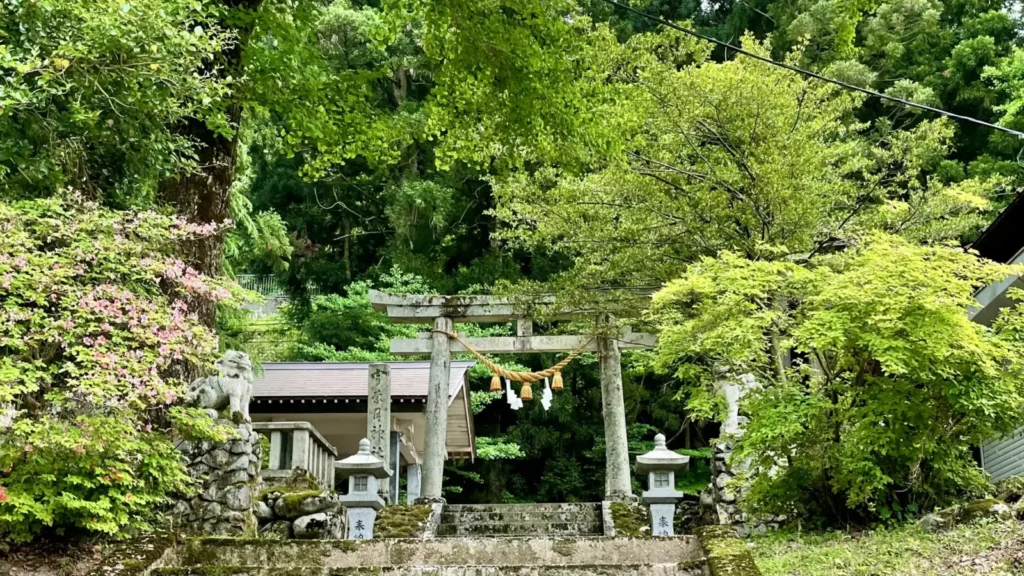
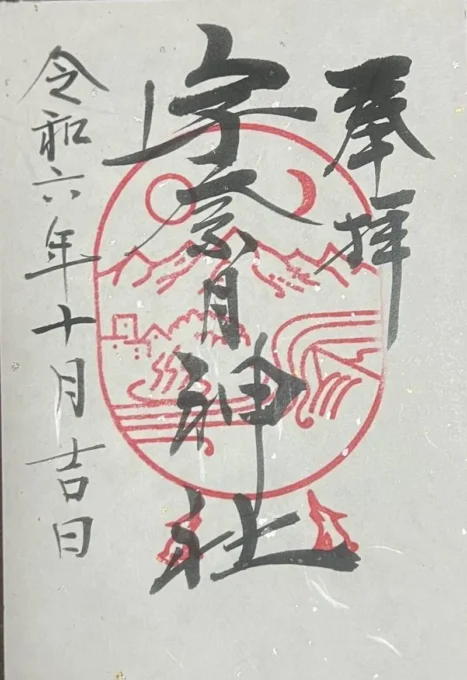
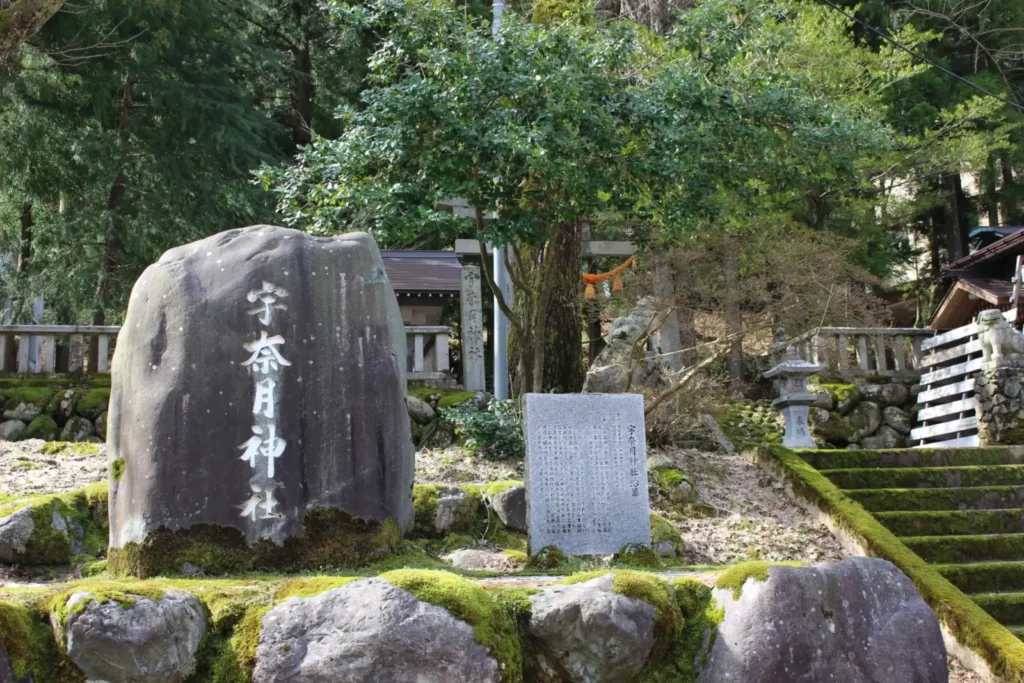
You'll have to really get your timings right to have a chance to get this goshuin, as the shrine is only open on the first day of each month. It's worth it, though, as the seal depicts a beautiful wood block-style version of Unazuki Onsen. The town is 90-minutes from Kanazawa by train and is famous for its hot springs and the trolley car through the mountains is one of the most beautiful experiences you can have in Japan. We highly recommend checking out our Kurobe Gorge and Unazuki Onsen tour and seeing this magical place for yourself!
KUROBE GORGE & UNAZUKI ONSEN TOUR FROM KANAZAWA / May to November
1 Day Tour from Kanazawa: Kurobe Gorge and Unazuki Onsen
- Spots:
- KanazawaKurobe Gorge
- Pick-up:
- Kanazawa
- Drop-off:
- Kanazawa
If you want mountains combined with rivers, lakes and bridges, Kurobe Gorge is a another stunning example of unforgettable Japanese natural landscapes. This tour starts with a shinkansen ride to Kurobe-Unazuki Onsen Station(or you may start at that station if you like) before hopping on a local train to Unazuki Onsen itself. A town celebrating over 100 years since its founding, the architecture is an interesting mix of Japanese and Western design that make the 'Taisho'-style. We will tour the town, enjoy footbaths and get great views of the town against the river and mountains. After grabbing a bento, we will get on the trolley train, with its open windows and spectacular views. Due to the Noto Earthquake, the trolley train only goes about halfway to Nekomata station. You can still experience the deepest part of the gorge maybe even see monkeys!
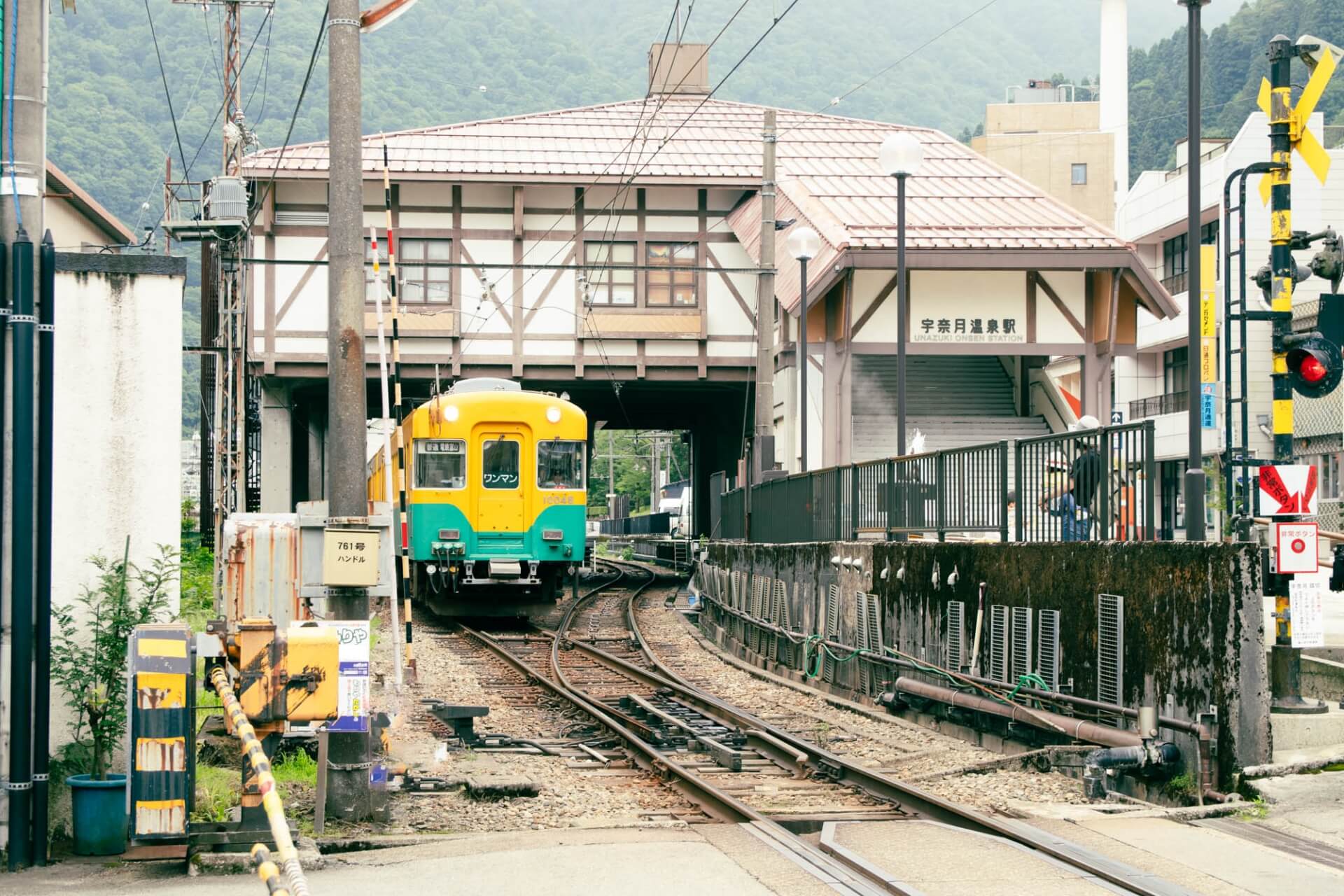
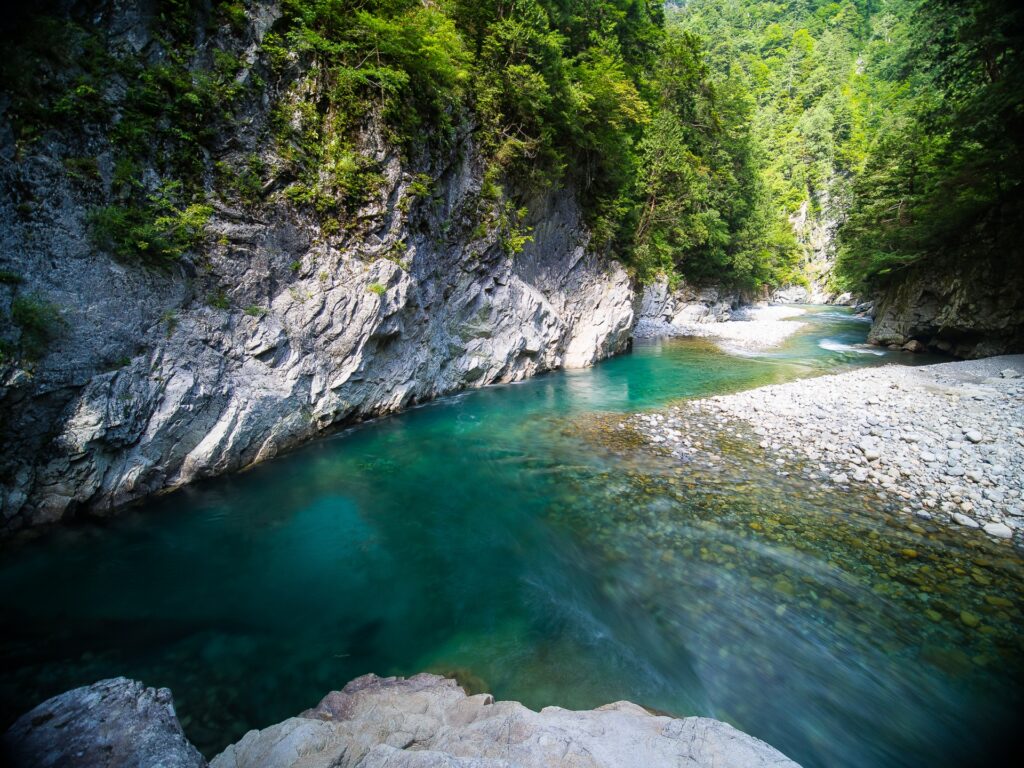
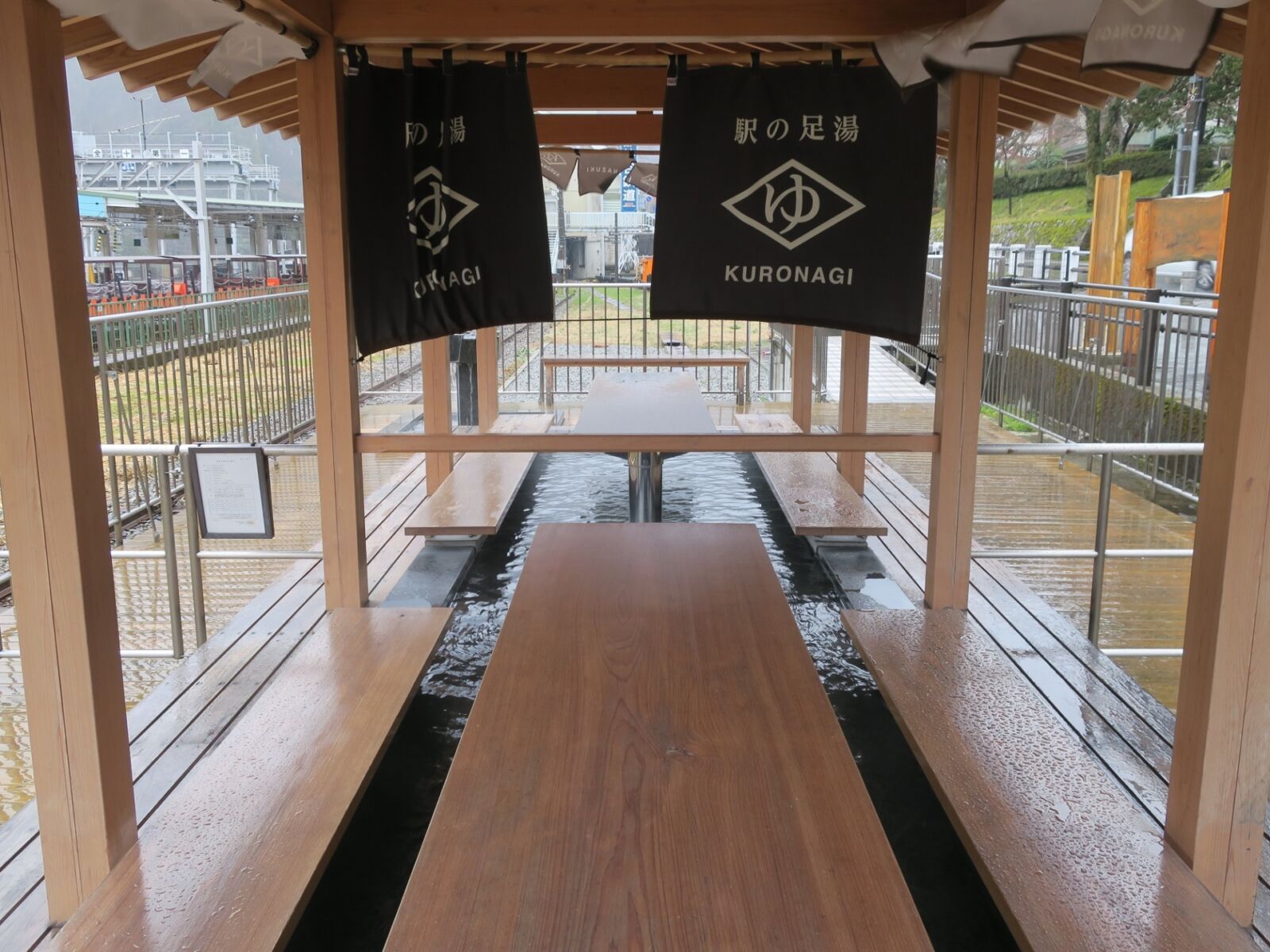
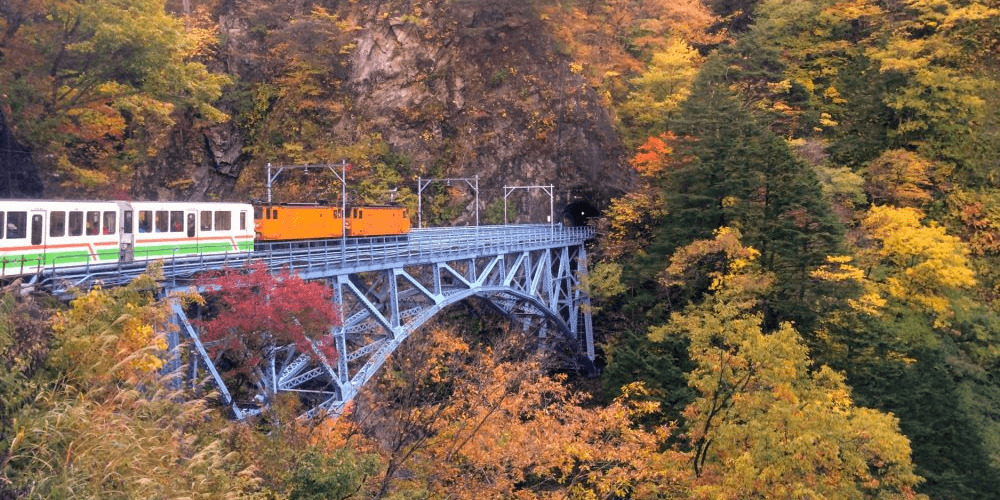
Frequently Asked Questions (FAQ)
How much do goshuin usually cost?
The seals themselves usually cost between JPY 300 and 1000, although some more intricate seals can cost more. Books are usually anywhere from JPY 1000 to JPY 5000, depending on the quality and materials used to make them.
Can I get multiple goshuin from one temple?
Of course! If the seal is handwritten, however, you should only get one. The others you can get the paper version and glue them in later.
My book opens like an accordion, why is that?
The accordion-style binding allows multiple pages to be viewed at once. When goshuin were collected as part of a pilgrimage, it also meant that the dates could be easily inspected and compared.
Should I fill both sides?
You can, but you don't have to. Traditionally, the paper was much thinner so the ink could bleed through.
Are goshuin the same as the train station stamps?
No! If you are getting goshuin stamps in your book, please do not put station stamps in there as well. If you'd like to collect station stamps, get a separate book (a goshuin book is fine so long as it does not have a stamp. You can buy a blank book from most shrines or temples) and use that to collect your station stamps.
Do I need to be religious to collect goshuin?
Not at all. While goshuin were traditionally (and sometimes still are) done as a pilgrimage, their association has moved much more strongly towards tourism. It is still respectful to pay respects at the shrine or temple, however.



